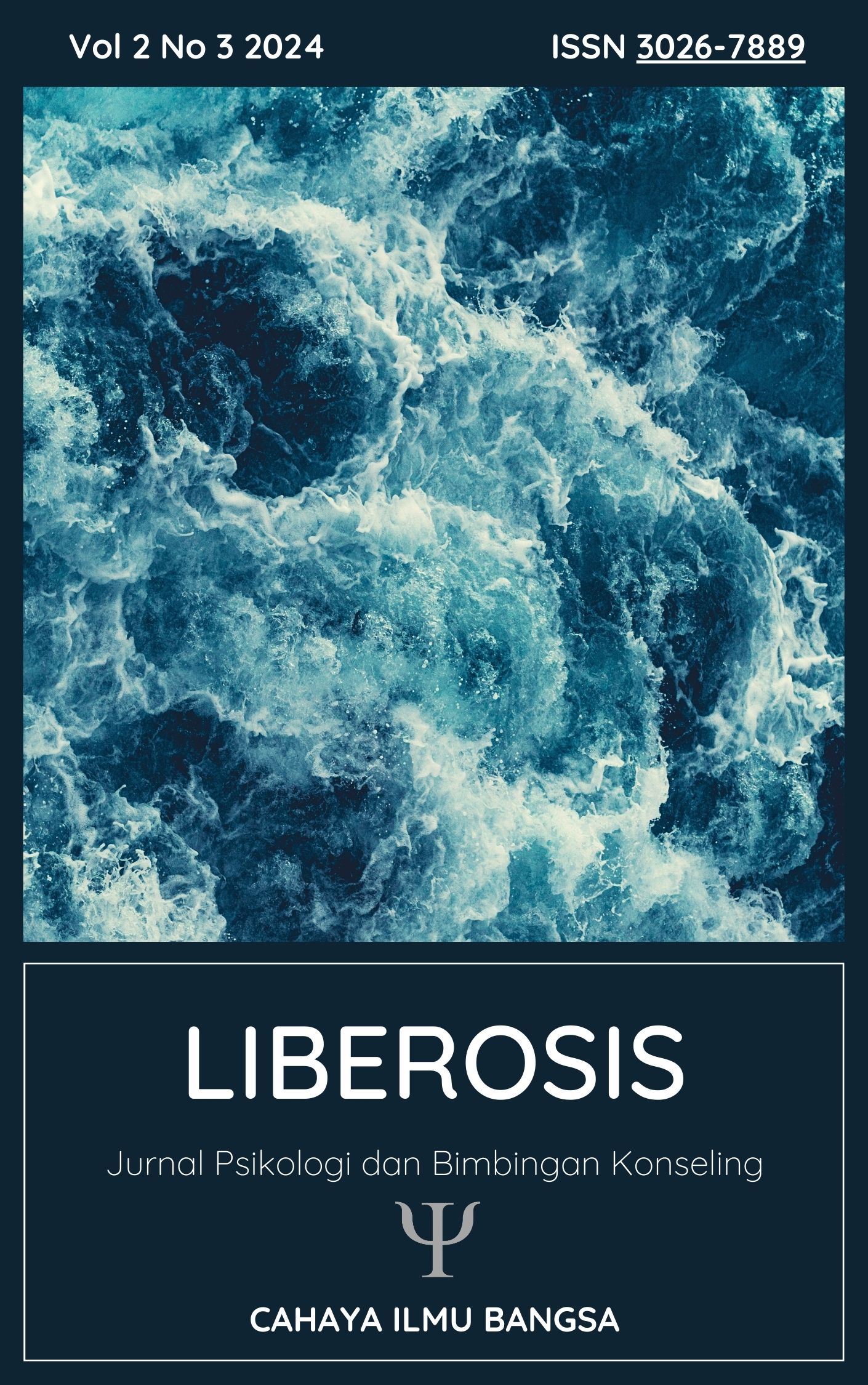PENGARUH DUKUNGAN KOMUNITAS TERHADAP PERILAKU IMPULSIVE BUYING PADA ANGGOTA PENGGEMAR CARAT USIA DEWASA AWAL
Main Article Content
Abstract
Globalisasi telah mendorong pertumbuhan budaya populer Korea Selatan di Indonesia, khususnya melalui musik K-Pop yang membentuk komunitas penggemar dengan loyalitas tinggi. Salah satu komunitas yang menonjol adalah Carat, penggemar K-Pop Boygroup Seventeen, yang menunjukkan perilaku Impulsive buying terhadap produk-produk terkait idola mereka. Penelitian ini bertujuan menganalisis pengaruh komunitas Carat terhadap perilaku Impulsive buying pada anggota penggemar usia dewasa awal di Kota Surabaya. Metode penelitian menggunakan pendekatan kuantitatif dengan survei terhadap anggota komunitas Carat berusia minimal 19 tahun, menggunakan skala Impulse Buying Tendency dan indikator pengaruh komunitas. Hasil penelitian menunjukkan bahwa durasi keanggotaan dan usia tidak berpengaruh signifikan terhadap perilaku Impulsive buying, sementara komunitas penggemar memiliki pengaruh signifikan dan mampu menjelaskan sekitar 13,6% variasi perilaku Impulsive buying anggota. Interaksi sosial, diskusi, dan dorongan kelompok dalam komunitas menjadi faktor utama yang mendorong pembelian impulsif.
Globalization has contributed to the proliferation of South Korean popular culture in Indonesia, particularly through K-Pop music, which has fostered highly loyal fan communities. One notable example is the Carat community, fans of the K-Pop boy group Seventeen who often exhibit impulsive buying behavior toward idol-related merchandise. This study aims to examine the influence of the Carat fan community on impulsive buying behavior among early adulthood members in Surabaya. Employing a quantitative research design, data were collected through a survey administered to Carat members aged 19 and above, using the Impulse Buying Tendency Scale and community influence indicators. The findings reveal that neither age nor duration of community membership significantly affects impulsive buying behavior. However, fan community involvement demonstrates a significant influence, accounting for approximately 13.6% of the variance in impulsive buying behavior. Key contributing factors include social interaction, peer discussions, and group pressure within the community, which collectively drive impulsive purchasing tendencies.
